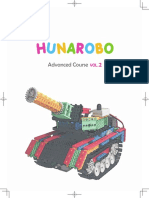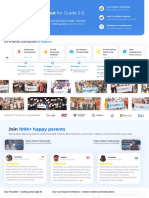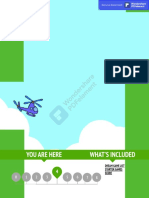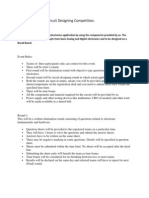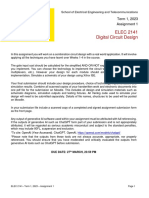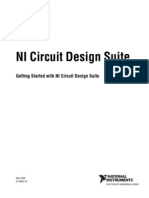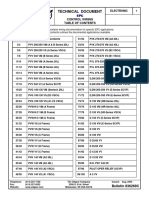0% found this document useful (0 votes)
163 views38 pagesGrade-3-Coding and Robotics
Provid very much robotic advance coding.
Uploaded by
bharatCopyright
© © All Rights Reserved
We take content rights seriously. If you suspect this is your content, claim it here.
Available Formats
Download as PDF, TXT or read online on Scribd
0% found this document useful (0 votes)
163 views38 pagesGrade-3-Coding and Robotics
Provid very much robotic advance coding.
Uploaded by
bharatCopyright
© © All Rights Reserved
We take content rights seriously. If you suspect this is your content, claim it here.
Available Formats
Download as PDF, TXT or read online on Scribd
/ 38

























